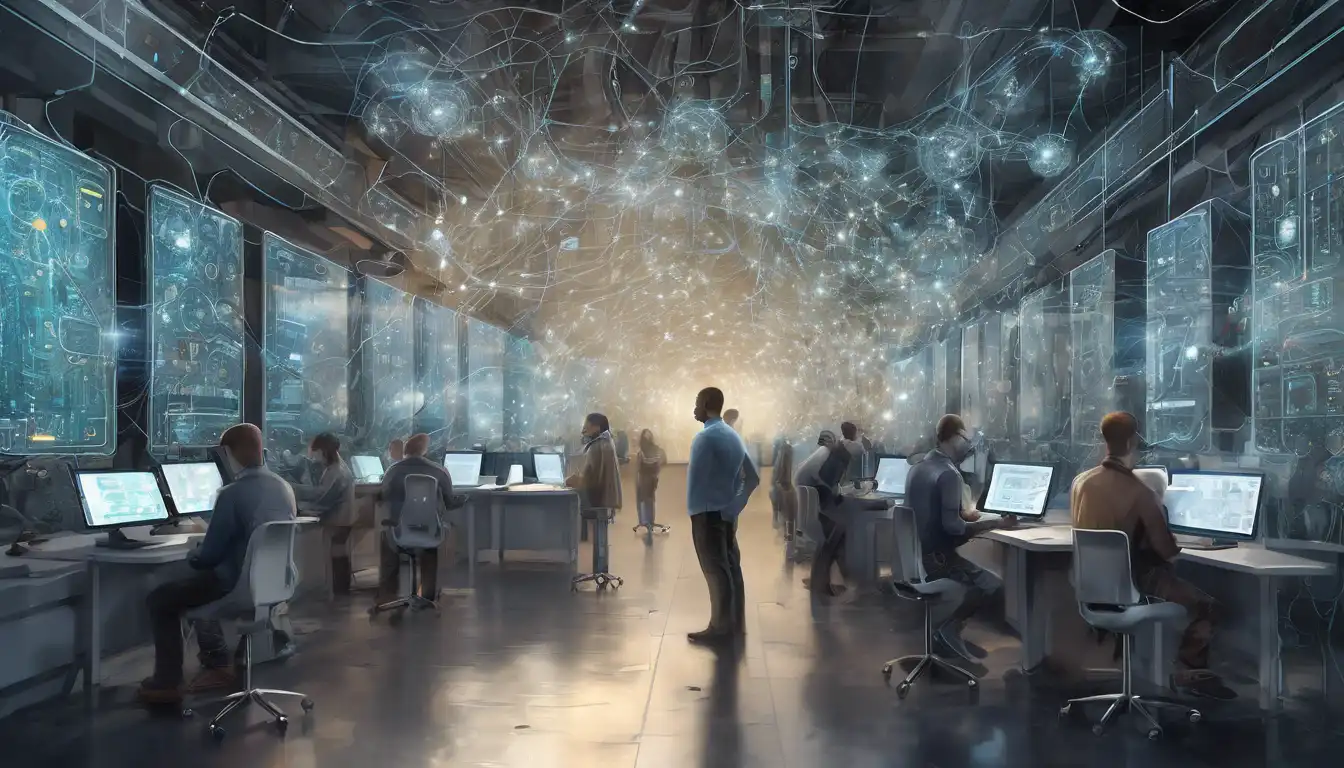The Role of Machine Learning in Customizing User Experiences
In the digital age, personalization is not just a luxury but a necessity. Machine Learning (ML) is at the forefront of this revolution, enabling technologies to adapt to individual preferences and behaviors. This article explores how ML is personalizing technology to enhance user experiences across various platforms.
Understanding Machine Learning
Machine Learning, a subset of artificial intelligence (AI), involves the development of algorithms that allow computers to learn from and make decisions based on data. Unlike traditional programming, ML systems improve their performance as they are exposed to more data over time.
Personalization Through Machine Learning
From streaming services like Netflix to e-commerce giants like Amazon, ML algorithms analyze your past behavior to recommend products, movies, or music tailored to your tastes. This level of personalization improves user satisfaction and engagement.
- Recommendation Systems: ML powers recommendation engines that suggest items based on your browsing and purchase history.
- Customized Content: News aggregators and social media platforms use ML to curate content feeds according to your interests.
- Adaptive Interfaces: Some apps and websites adjust their interface and functionalities based on user behavior patterns.
Benefits of ML-Driven Personalization
The advantages of ML in personalizing technology are manifold. It not only enhances user experience but also boosts business metrics such as conversion rates and customer loyalty. By delivering relevant content and recommendations, companies can significantly increase user engagement and retention.
Challenges and Considerations
Despite its benefits, ML-driven personalization faces challenges such as privacy concerns and the risk of creating echo chambers. It's crucial for developers to balance personalization with user privacy and to ensure algorithms promote diversity in content.
Future of Personalization with Machine Learning
As ML technologies evolve, we can expect even more sophisticated personalization strategies. Innovations like predictive analytics and natural language processing will further refine how technologies adapt to individual users, making personalized experiences more seamless and intuitive.
In conclusion, Machine Learning is transforming the way technology interacts with users, offering personalized experiences that were unimaginable a few years ago. As we move forward, the potential for ML to enhance personalization in technology is boundless, promising a future where technology understands and anticipates our needs like never before.
